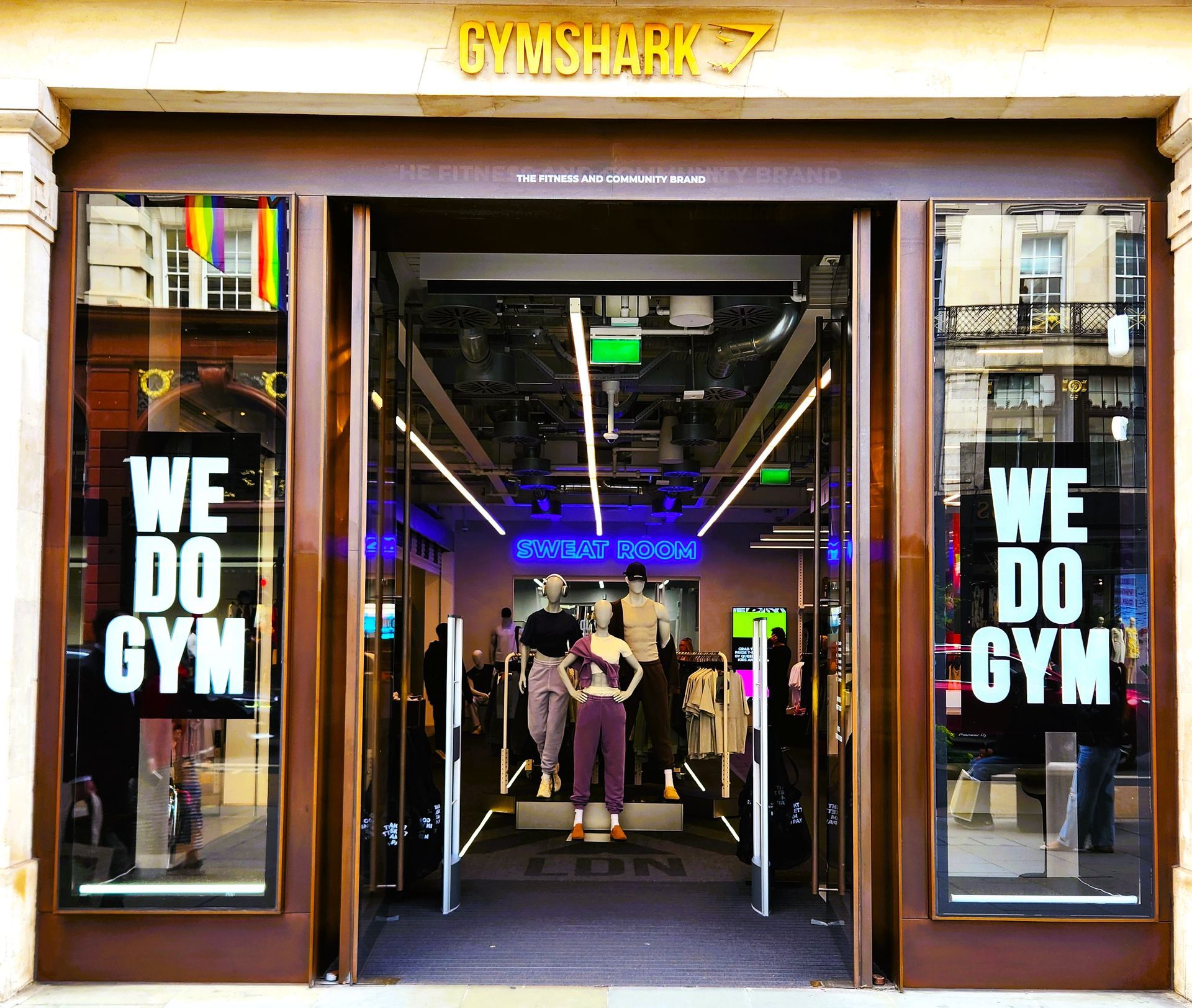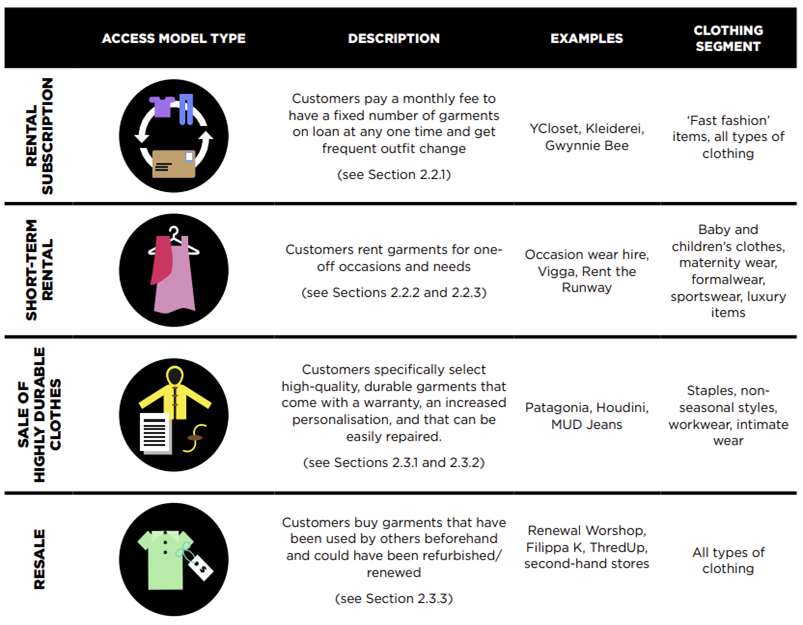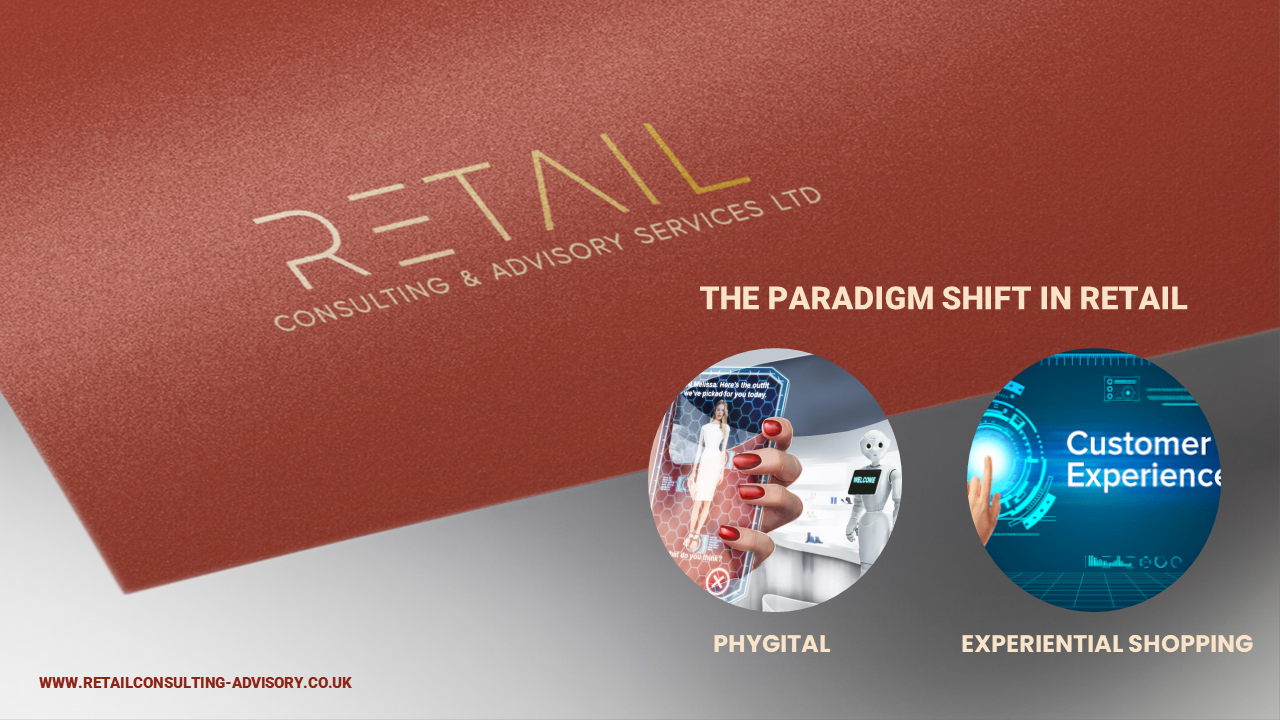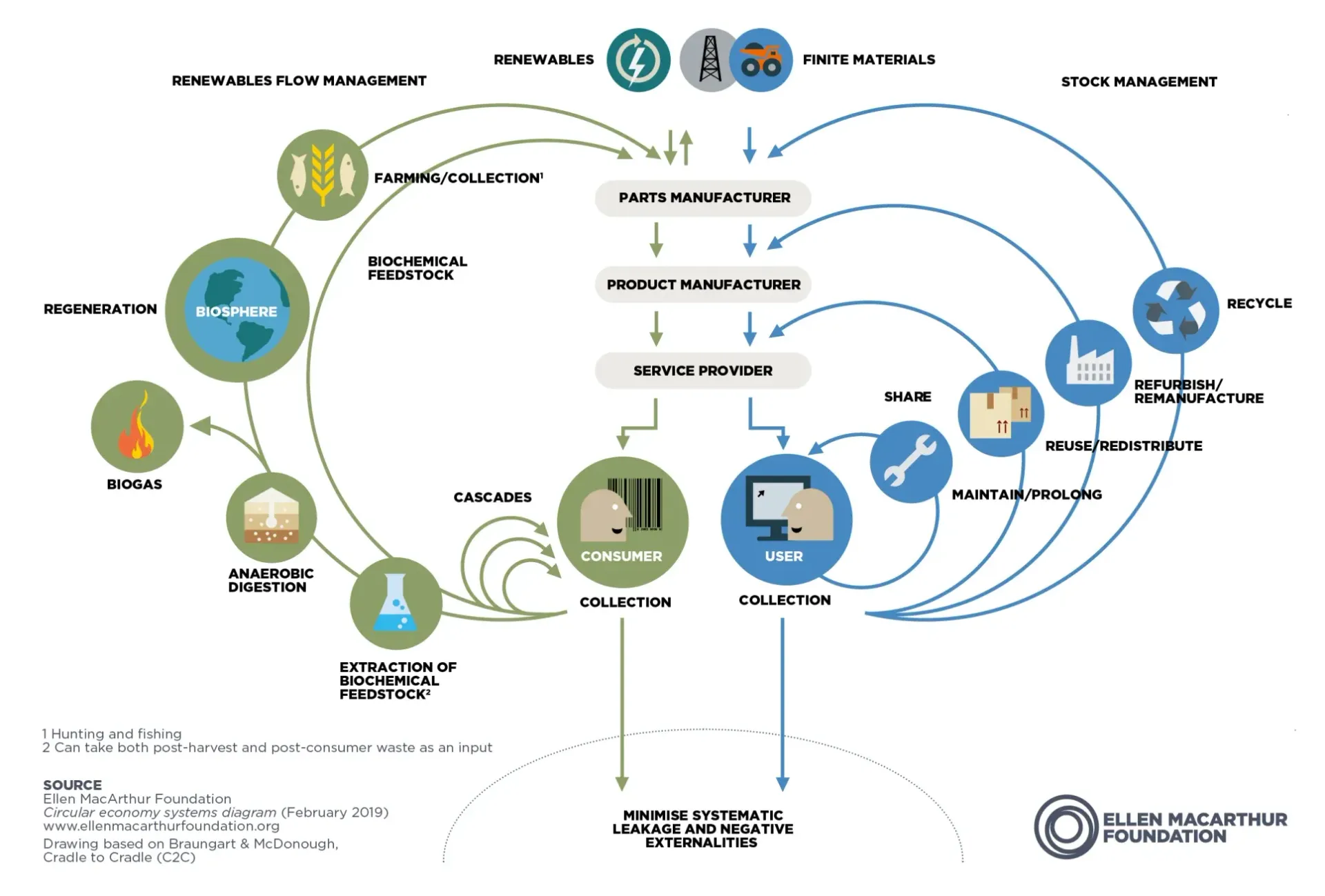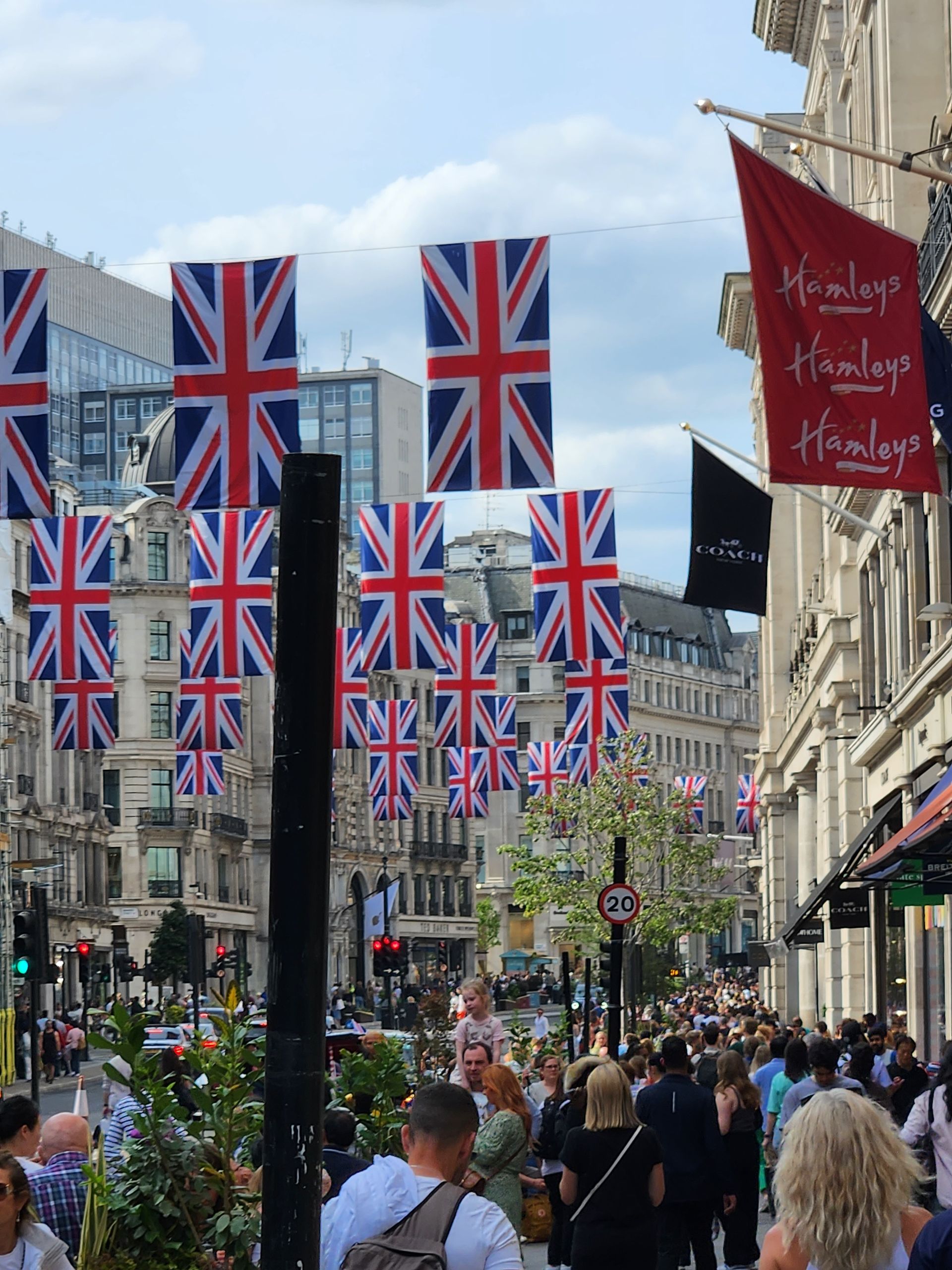VIRTUAL REALITY: THE REVOLUTION OF FASHION RETAIL.

VIRTUAL REALITY: THE REVOLUTION OF FASHION RETAIL
Virtual Reality (VR) has emerged as a game-changer in the fashion retail industry, revolutionising how customers experience and interact with fashion products. By bridging the gap between the physical and digital worlds, VR offers an immersive and interactive shopping experience. The recent announcement made by Apple this week about its new VR gear launch, which incorporates plenty of new features that will transform the way consumers will interact in a more immersive way than with the phone, has bounced back the world’s attention to this technology.
In this article, we will explore the concept of VR, its main features, and its numerous advantages and benefits to the fashion industry. Additionally, we will showcase some examples of fashion brands that have successfully incorporated VR into their retail strategies.
UNDERSTANDING VIRTUAL REALITY (VR)
Virtual reality (VR) is a computer-simulated, realistic three-dimensional environment. VR heightens a user’s sense of being in the environment and enables the user to interact with the environment (Park et al., 2018). VR typically involves using a headset or goggles that provide a visual and auditory experience, along with hand controllers or other input devices for interaction within the virtual environment.
Key Features of Virtual Reality
Immersion. VR creates a sense of presence by immersing users in a simulated reality, effectively transporting them to a virtual environment. By blocking out the physical world and engaging multiple senses, VR provides a heightened level of immersion.
Interactivity. VR offers interactive experiences, allowing users to V. Users can manipulate objects, explore virtual stores, and interact with virtual products, enhancing the shopping experience.
Realism. VR strives to replicate real-world experiences with high levels of detail and realism. Through realistic graphics, spatial sound, and accurate physical interactions, users can experience a virtual world that closely mimics the physical one.
Customisation. VR experiences can be tailored to individual preferences, offering customisation options. Users can personalise avatars, select virtual environments, and even try on virtual clothing, providing a highly personalised shopping journey.
Advantages and Benefits of Using VR in Fashion Retail
Enhanced Shopping Experience. VR offers a transformative shopping experience by immersing customers in virtual environments. Users can explore virtual stores, browse collections, and visualise how outfits look on themselves in a highly realistic and interactive manner. This heightened engagement leads to increased customer satisfaction and, consequently, loyalty.
Overcoming Physical Constraints. VR eliminates geographical limitations by allowing customers to visit stores virtually and try on products from anywhere in the world. This opens up new markets for fashion brands, expands their reach, and breaks down distance barriers, enhancing brand awareness.
Improved Personalization. Personalisation is a crucial aspect of the fashion industry, and VR takes it to new heights. Customers can personalise their virtual shopping experience by customising avatars, trying different styles and colours, and experimenting with accessories. This level of customisation helps customers make informed purchase decisions, be engaged with the brand and support a more sustainable process, reducing the carbon footprint on deliveries, returns and packing.
Cost and Space Efficiency. VR reduces the need for physical retail space and inventory, resulting in cost savings for fashion brands. It enables retailers to showcase their entire product range without physical space limitations, improving cost efficiency. Additionally, physical stores can use VR to enhance experiential shopping, implementing spaces to experiment with collections, pre-select purchases, and engage with gaming experiences.
(VR) RETAIL FASHION BRANDS IMPLEMENTATION
Fashion Brands embraced VR a few years ago, but more recently and boosted by the covid19 pandemic, we have seen more brands incorporating this technology into their strategic actions. Luxury firms became the most active actors in the industry in implementing it. In some cases, like Gucci, they have provided access to a virtual world of the brand. The Gucci Garden, a virtual Palazzo, offers an immersion of the creative brand’s director where visitors can try and purchase digital items.
Other brands decided to enhance the experience in their stores, like Dior. Dior incorporated VR into its retail strategy by launching the "Dior Eyes" virtual reality headset. The brand decided to create its virtual reality headset inspired to develop the immersive, thrilling, innovative experience Dior wanted. A tailor-made virtual reality headset that immerses users inside the Dior backstage by using 360 audio and video deployed in Dior’s selected points of sales worldwide.
Burberry, Ralph Lauren and Tommy Hilfiger used VR in stores to provide an immersive experience to their customers, offering experiences such as a virtual journey through their collections or attending the brand fashion shows. However, VR technology has been implemented by other non-luxury brands to enhance the customer experience such as Adidas and Nike.
To promote Terrex, Adidas’ line of outdoor gear utilised VR to simulate one of the routes of the most challenging climb in Punta du Corbi, Corsica. Through VR headsets, players could experience virtually climbing the Delicatessen summit from a climber’s point of view. It also helped educate users about best practices in rock climbing while letting them enjoy the realistic outdoor scenery.
On the other hand, Nike has created “Nikeland”, developed by the Brainiac Commerce e-commerce platform that drives scalable consumer traffic to its products. In Nikeland, Nike has also created a world with Roblox to add even more innovation and excitement for customers allowing users to program games themselves and play games that other users have created.
Conclusions
Virtual Reality will transform the fashion retail industry, offering an immersive and interactive shopping experience. By leveraging the advantages of VR, fashion brands will enhance customer engagement, extend their reach, and personalise the shopping journey. With features such as immersion, interactivity, realism, and customisation, VR has the potential to reshape the future of fashion retail. As technology advances, we can expect further integration of VR, providing customers with more engaging and immersive shopping experiences in the digital age.
All Rights Reserved | Retail Consulting & Advisory Services Ltd.
Ismael Gonzalez - Founder & Managing Director
© 2022 Retail Consulting & Advisory Services LTD. Company Registration Number 14234794. Privacy Policy

